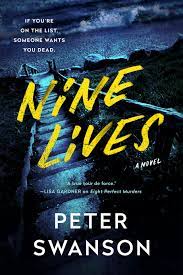As a lifelong reader of classic whodunits, I’m always a little disappointed when the first murder that occurs is the only murder in the story. I always crave that mid-point killing, the one that completely changes the dynamics of the narrative. The truth is, I want multiple murders. My favorite Christie is And Then There Were None, which comes right out and tells you that there will be no one left standing at the end.
Of course, I’m probably not the only one amused by the fact that the great detectives of fiction often don’t catch the murderer until half the suspects are dead. Hercule Poirot in Christie’s Death on the Nile gets all the credit for eventually uncovering the diabolical killer, but doesn’t get any points knocked off his score for all the deaths that occur while he’s interviewing suspects. (By the way there are five deaths in Death on the Nile—not too shabby.)
Here are seven of my favorites mystery novels where the bodies really pile up.
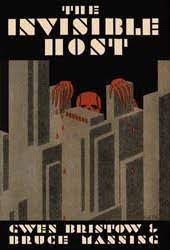
The Invisible Host by Gwen Bristow and Bruce Manning (1930)
This novel, written by a married couple, has an almost identical plot to And Then There Were None, but predates it by nine years. Eight people are invited to an apartment for a party. Then they are locked in and read a telegram that states that they will all die that night. What follows isn’t quite as clever, or logical, as the Christie book, but it’s a fun oddity and there are, not surprisingly, a large number of deaths.

Death Comes as the End by Agatha Christie (1944)
Not quite as many murders as And Then There Were None, but not too far behind. This is a true outlier in the Christie canon, a murder story that takes place in ancient Egypt. It’s a family potboiler, the first victim being a newly acquired wife who is brought into an already established family. My memory puts the final death toll around six or seven. Basically, the killer is one of the last ones standing.
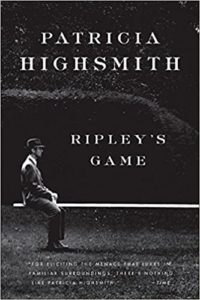
Ripley’s Game by Patricia Highsmith (1974)
It’s a Ripley book so we know someone’s going to die. But due to an eventful train ride involving a slew of mafia types, the body count in this one is very high by Highsmith standards. It’s also a terrific book in which Tom Ripley is not quite the central character; that role is played by Jonathan Trevanny, talked into committing murders because he’s under the impression he is shortly going to die. Wicked and entertaining, like all her books.
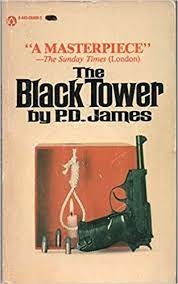
The Black Tower by P. D. James (1975)
The Adam Dalgleish novels are great gothic procedurals. Dalgliesh, the Met Detective and modern poet, often finds himself investigating murders that take place in closed societies. In this novel, he’s gone to visit an old friend, a chaplain at a care home, only to find that he’s recently died in suspicious circumstances, as has one of the patients. Dalgliesh stays on, getting to know the strange inhabitants of the seaside institute as they continue to die at an alarming rate.
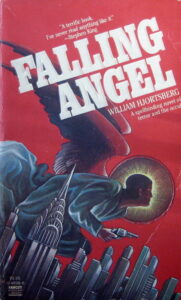
Falling Angel by William Hjortsberg (1978)
A classic hardboiled detective story set in the 1940s. Private investigator Harry Angel is hired to track down a missing crooner by the name of Johnny Favorite. But then everyone that Angel interviews keeps turning up dead. There are tons of surprises in this dark novel that I won’t spoil here, except for saying that the death count is high.
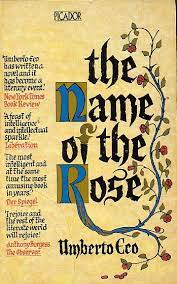
The Name of the Rose by Umberto Eco (1980)
It’s easy to think of this medieval murder mystery as an intellectual treatise disguised as a whodunit. And that’s partly true—there’s a lot of literary theory and medieval history thrown in the mix—so it would be easy to forget just how many monks are killed off in gruesome ways throughout this fascinating story.
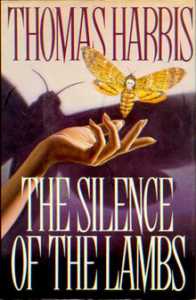
The Silence of the Lambs by Thomas Harris (1988)
I could just as easily have put Red Dragon, the first Hannibal Lecter book, here. Both of these novels are classics of the serial killer genre, filled with macabre and horrifying deaths. The villains in The Silence of the Lambs include Buffalo Bill, nickname of a serial killer being tracked by the FBI, and Hannibal Lector, currently incarcerated, but being interviewed by FBI trainee Clarice Starling in hopes to pick his brain as to the motives of Buffalo Bill. If you’re overly familiar with the Oscar winning films it’s still worth reading these Harris books, both chockful of corpses.
***


